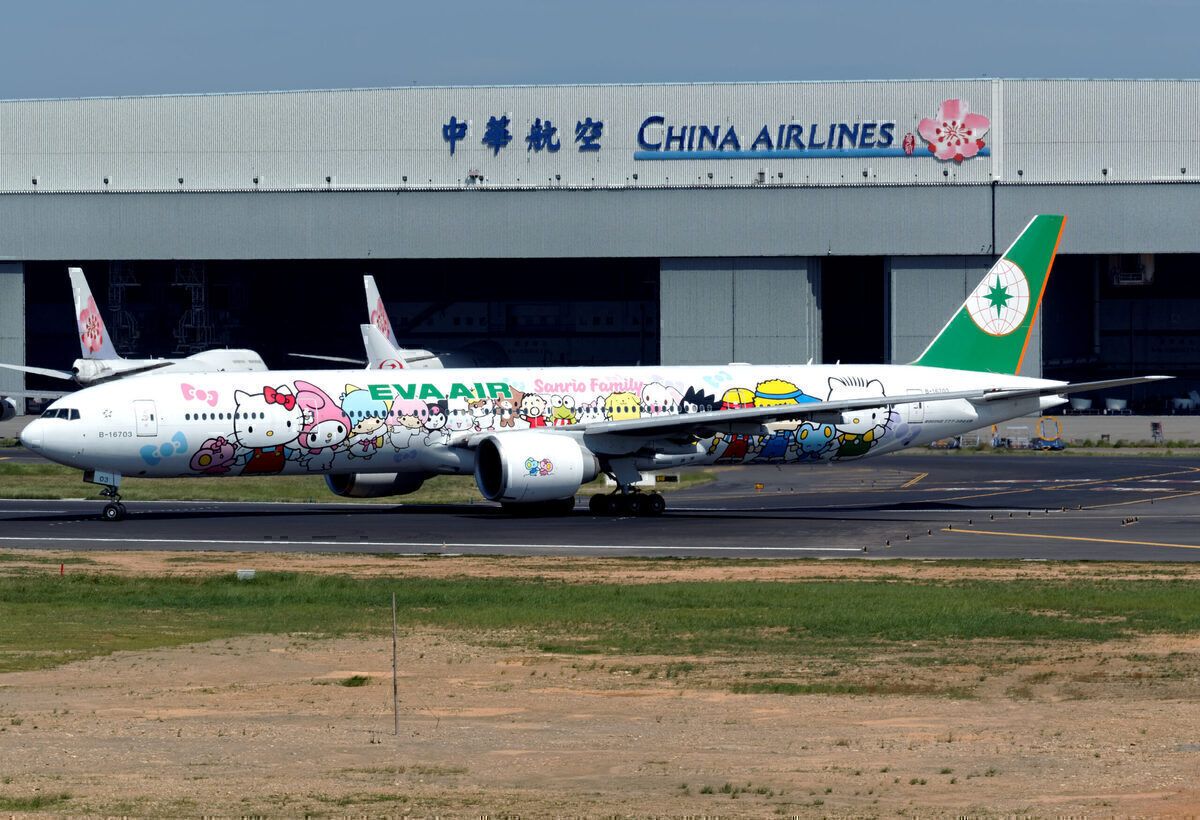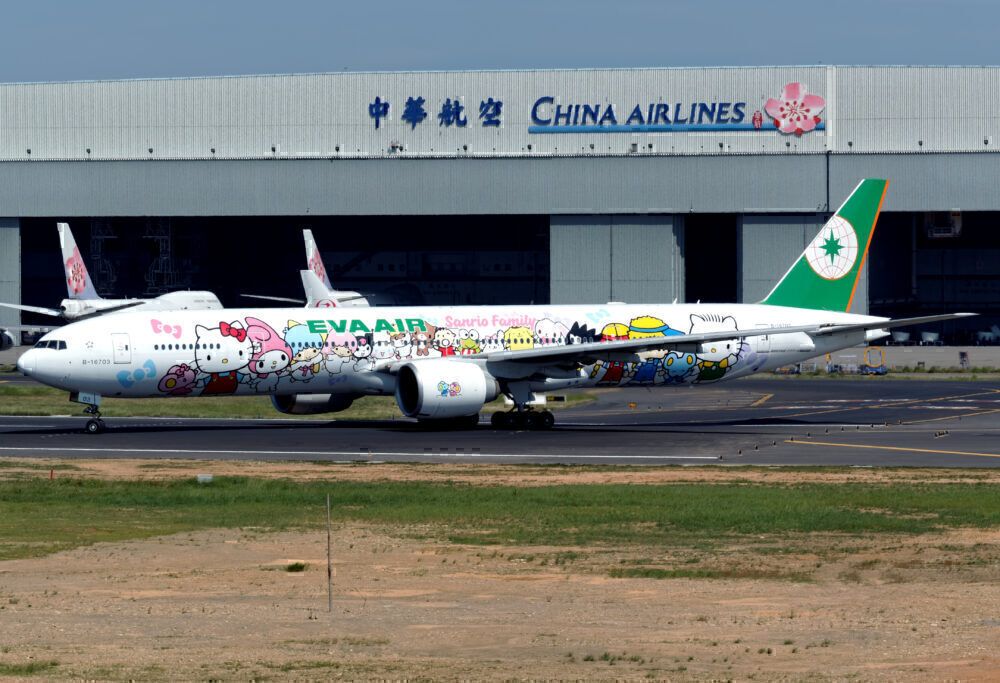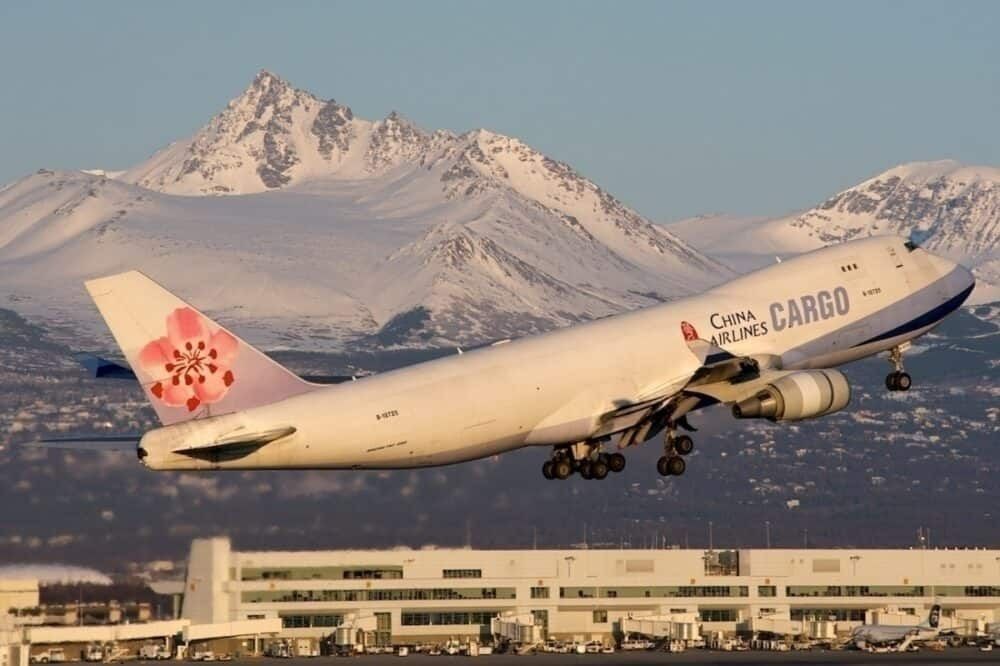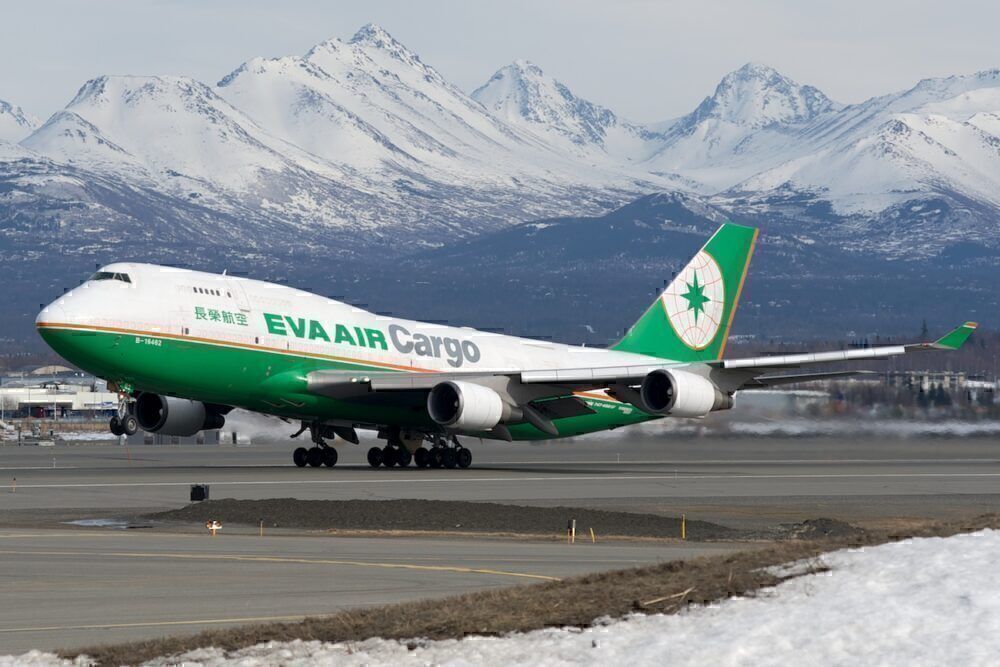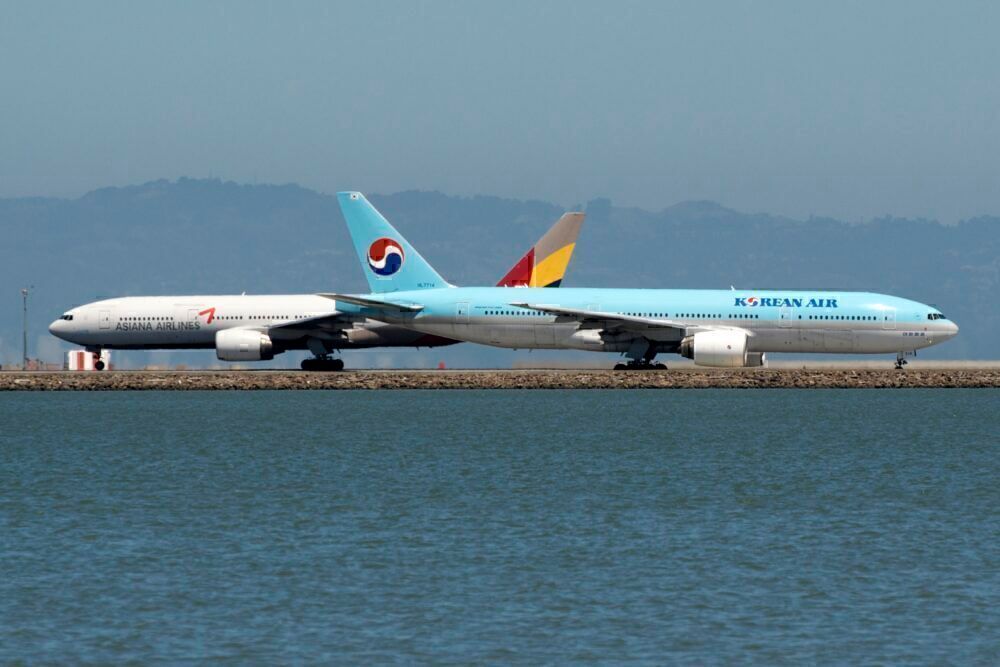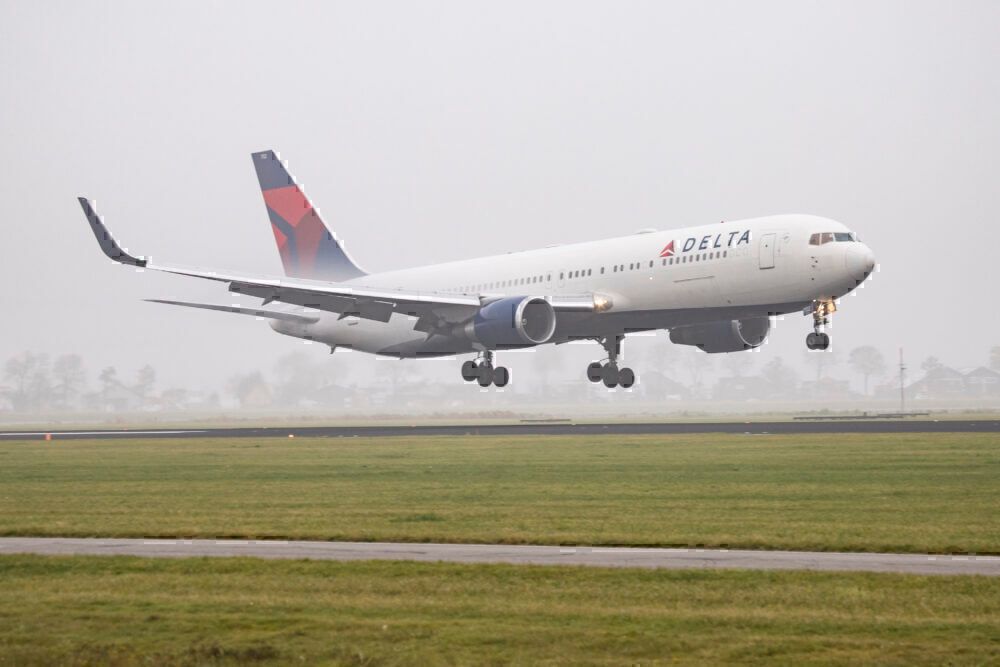Taiwan's two biggest carriers, China Airlines and EVA Air, both posted operating profits in Q2 this year. The profits come despite steep drops in revenue and passenger flights, offset by massive cargo growth. With these results, China Airlines and EVA Air join their South Korean counterparts as the few airlines turning a profit in 2020.
Profits led by cargo
China Airlines reported an operating profit of $96.1 million (NT$2.75bn) for Q2 2020, reversing a $20mn loss from the same time last year. Revenues fell by 38% this quarter as passenger load factor remains in the 20% range. Despite this, cargo revenues surged by 115%, offsetting losses from passenger flights.
This cargo growth has held on beyond just Q2, with China Airlines showing a 102% cargo revenue increase for September as well. While cargo load factors have gone by only 5%, monthly cargo yield (freight revenue per ton-kilometer) has increased by 58% due to a rise in freight rates this year.
Stay informed: Sign up for our daily aviation news digest.
EVA Air has had a similar experience this year. The airline reported an operating profit of $6.43 million (NT$184mn), down from $38.47 million last year. Operating revenue fell by a sharp 47% for the quarter, as passenger numbers fell by over 97%. Overall, the airline ended with a net loss of $21.4 million, halving its Q1 net loss.
EVA Air's operating profit also came from a huge increase in cargo revenue. The airline reported a 136% growth in cargo revenue from last year as demand surged. Cargo load factors reached over 90% in the quarter and have since continued. EVA saw a 91.9% load factor for cargo in September and yield increase 68% year-on-year.
Why is cargo so profitable?
The natural question that one may ask when reading these figures is why cargo is in such high demand? Before the current crisis, nearly half of the world's cargo was carried in passenger aircraft belly. However, when passenger flights were largely grounded in April, international freight rates rose significantly, allowing some airlines to take advantage of this rise in yield.
Aside from the Taiwanese carriers, Korean Air and Asiana followed a similar strategy to profitability. All four of these carriers have dedicated cargo arms, allowing them to quickly deploy capacity when no other airline was flying. This has allowed the airlines to make soaring revenues on the lucrative Asia-North American and Asia-Europe routes.
Can this success last?
EVA Air and China Airlines are outliers among global airlines, nearly all of whom are reporting record losses in 2020. Seeing the success of cargo flights, other airlines have also been hoping to take a share of the market, potentially reducing profits for the Asian carriers.
However, September's numbers show us that the market is nowhere close to 2019 capacity, resulting in a high yield for airlines. For now, airlines will continue to see growth in the cargo sector but could run the risk of overcapacity if too many return to the market.

